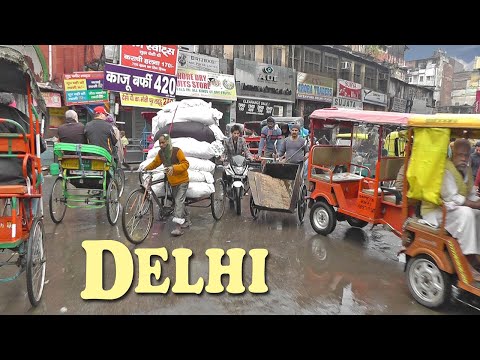
Delhi, the capital city of India, is a city of stark contrasts. It is a place where the ancient and the modern coexist, where opulence and poverty live side by side. This duality is not just evident in its architecture and economic conditions but also in the lifestyle and opportunities available to its residents. Exploring these two faces of Delhi offers a deeper insight into the complexities of one of the world’s largest and fastest-growing metropolises.
#### Historical Grandeur vs. Modern Development
Delhi’s history spans more than a millennium, making it one of the oldest continuously inhabited cities in the world. The city’s landscape is dotted with formidable forts, majestic mosques, and splendid temples that tell tales of ages past. The Red Fort, Qutub Minar, and Humayun’s Tomb stand as proud reminders of the city’s rich historical and architectural heritage. These sites contrast sharply with areas like New Delhi, which was designed by British architects Sir Edwin Lutyens and Herbert Baker in the 20th century as a symbol of imperial power. Today, New Delhi houses several government buildings and embassies alongside wide, tree-lined avenues.
Transitioning from these historical areas into neighborhoods like Gurgaon or Noida introduces one to a completely different world—a skyline dominated by glass-clad offices and luxury apartments showcasing Delhi’s rapid commercial growth.
#### Economic Disparity
Delhi’s economic landscape reveals glaring disparities. On one hand, it hosts some of India’s wealthiest people with lifestyles that rival those in any global supercity – upscale restaurants, high-end shopping malls, exclusive clubs, and gated residential communities are commonplace here.
Contrast this with life just a few kilometers away where sprawling slums exhibit acute poverty. Lack of basic services such as clean water, sanitation, healthcare facilities defines everyday life for many residents in these underserved communities. This economic divide is often cited as one among several challenges faced by urban planners in this vast metropolis.
#### Cultural Melting Pot vs. Social Segregation
Culturally, Delhi is a melting pot featuring diverse languages, religions, cuisines from across India making it an eclectic urban space fostering inter-cultural dialogue through food festivals like Dilli Haat or religious celebrations such as Diwali or Eid.
However beneath this cultural vibrancy lies layers of social segregation based on socio-economic status ethnicity or even religion at times which influences access to resources including education employment opportunities healthcare among others perpetuating cycles that maintain these divides.
#### Environmental Concerns
Another dimension adding complexity to Delhi’s dual personality involves its environment concerns Headlines frequently report about extreme air pollution levels particularly during winter months when smog envelops entire city causing health crises disrupting daily life This environmental challenge juxtaposes against greener cleaner parts seen around diplomatic enclaves or certain affluent neighborhoods creating varied experiences for its inhabitants depending on where they reside within city limits
#### Conclusion
The two faces Deli demonstrate spectrum human conditions While city continues grapple with issues inequality poverty environmental degradation also showcases incredible resilience spirit innovation Seen through lens dichotomy Deli offers valuable lessons urban development governance policy-making truly comprehend address needs diverse populous navigating balance between preservation progress will be key ensuring sustainable future all who call it home
In summing up while obvious contradictions may define capital at first glance deeper understanding reveals complex yet vibrant tapestry woven over centuries embodying essence what makes Indian culture unique globally
